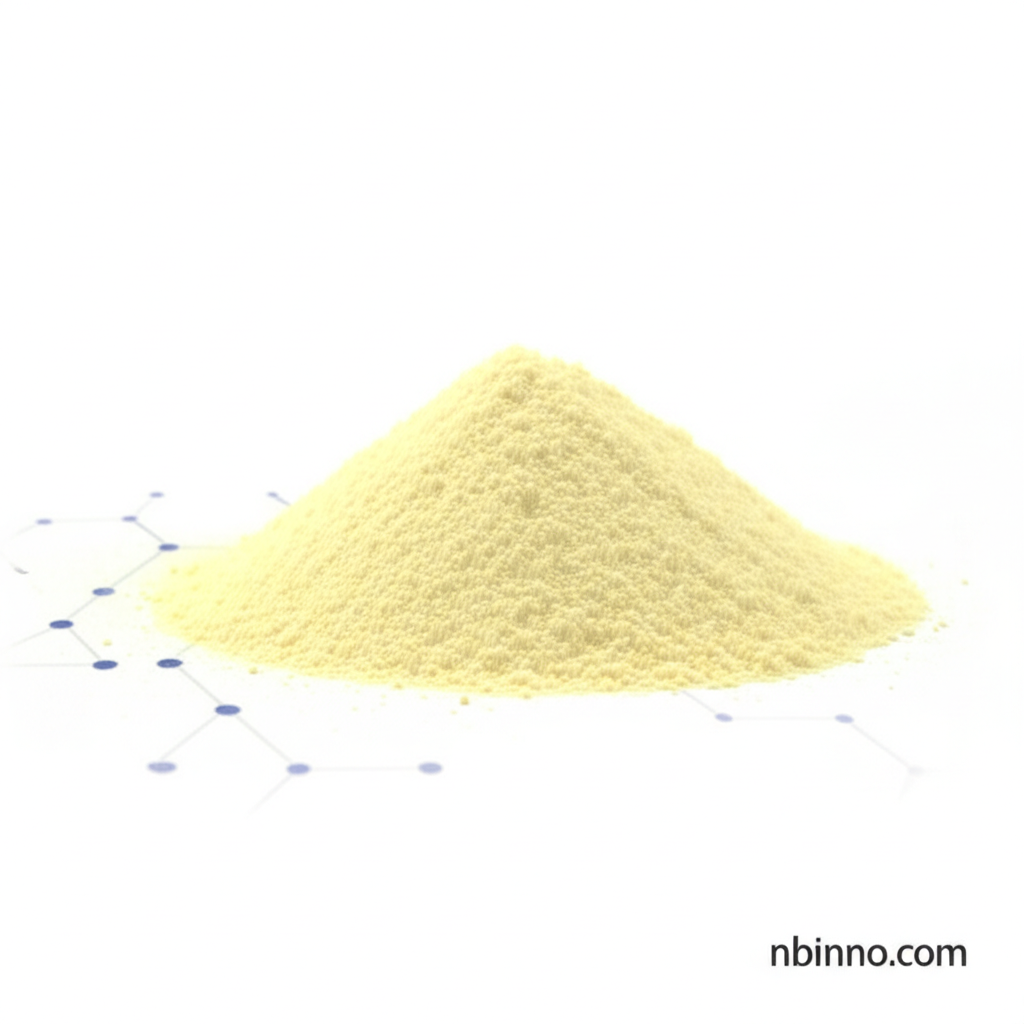Triphenylsulfonium Trifluoromethanesulfonate CAS 425670-97-9: Your Key to Advanced Lithography
Unlock precision in microelectronics with this high-purity photoacid generator, essential for cutting-edge applications.
Get a Quote & SampleProduct Core Value

Triphenylsulfonium Trifluoromethanesulfonate
Triphenylsulfonium Trifluoromethanesulfonate (CAS 425670-97-9) is a crucial Photoacid Generator (PAG) that drives innovation in several high-tech fields. Its exceptional purity and specific chemical properties make it indispensable for achieving intricate patterns in microelectronic processing.
- Discover the role of triphenylsulfonium trifluoromethanesulfonate photoacid generator in achieving high-resolution patterns.
- Explore how CAS 425670-97-9 enables precision in microelectronic processing, a vital step in modern semiconductor fabrication.
- Leverage the power of this sulfonium salt photoacid generator for next-generation nanopatterning, pushing the boundaries of material science.
- Benefit from the high purity PAG, ensuring consistent and reliable performance in sensitive manufacturing environments.
Key Advantages
Unparalleled Precision
As a specialized photoacid generator, it facilitates intricate designs essential for advanced lithography, directly impacting the performance of electronic devices.
Enhanced Manufacturing Efficiency
The reliability of this high purity PAG contributes to smoother production cycles in microelectronic processing, minimizing errors and waste.
Foundation for Nanotechnology
This compound serves as a fundamental material for nanopatterning, enabling the creation of increasingly smaller and more powerful technological components.
Key Applications
Photolithography
Crucial for the precise transfer of patterns onto semiconductor wafers, this photoacid generator is vital for creating microelectronic components.
Microelectronic Processing
Its specific chemical properties are leveraged to ensure the integrity and functionality of intricate circuits in the semiconductor industry.
Nanopatterning
Enables the creation of nanoscale features, driving advancements in fields like advanced materials and sensing technologies.
Research and Development
A key reagent for scientists exploring new materials and processes in optics, electronics, and advanced manufacturing.
